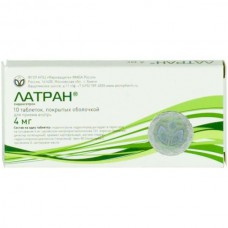Serotonergic
This group includes drugs that interact with specific serotonin or 5-HT (5-hydroxytryptamine) receptors. Serotonin contains almost all organs and tissues, however, more than 90% found in enterochromaffin cells of the gastrointestinal tract. Blood accumulates serotonin (active transport) in platelets, in the Central nervous system in serotonergic neurons; the latter it is synthesized and released.
Pharmacological effects of serotonin are mediated by the excitation of 5-HT1, 5-HT2 and 5-HT3-type serotonin receptors. Its main effect is the contraction of smooth muscle, vasoconstriction (except of vessels in skeletal muscle and heart), increased blood pressure, activation of platelet aggregation, increased tone and peristalsis of the gastrointestinal tract, stimulation of pain and the development of nausea and vomiting. Some serotonergic agents (serotonin, Maximin, etc.) stimulate serotonin receptors and are used primarily in hemorrhagic syndrome, Hypo - and aplastic anemia, hemorrhagic vasculitis, others — digidrirovannye ergot alkaloids (dihydroergotamine), some antihistamines and antiemetics block the 5-HT receptors, relieve peripheral vasoconstriction and Pressor effects of serotonin, suppress the gag reflex and allergies; these latter have found wide use as tools for the treatment of migraine and headache (sumatriptan, etc.), nausea and vomiting (ondansetron, tropisetron, granisetron, etc.), hypertension.

